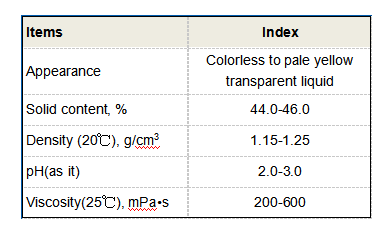polyacrylamide flocculant
The Role of Polyacrylamide Flocculants in Water Treatment
Polyacrylamide is a synthetic polymer widely used in various industries, particularly in water treatment applications. As a flocculant, polyacrylamide plays a crucial role in clarifying water by promoting the aggregation of suspended particles into larger clumps, or flocs, which can then be removed more easily. This article explores the properties, applications, and advantages of polyacrylamide flocculants in water treatment processes.
Properties of Polyacrylamide
Polyacrylamide is a coagulant that comes in several forms, including anionic, cationic, and nonionic types, each with its unique properties and applications. The choice of which type to use depends on the specific characteristics of the wastewater being treated. Anionic polyacrylamides possess a negative charge and are effective for treating alkaline waters, while cationic types carry a positive charge, making them suitable for organic-rich effluents. Nonionic polyacrylamides are neutral and can function effectively in a variety of waste streams.
One of the primary attributes that make polyacrylamide an excellent flocculant is its high molecular weight. The longer chains of polyacrylamide molecules enable them to interact effectively with suspended particles, bridging them together during the flocculation process. Their large size enhances the settling rate of flocculated particles, leading to clearer effluent.
Applications in Water Treatment
In the water treatment industry, polyacrylamide is primarily used in both municipal and industrial wastewater treatment facilities. It is applied during the clarification phase, where it aids in the removal of solids, colloids, and organic matter from the water. This process is essential for complying with environmental regulations and ensuring the quality of discharged water.
Polyacrylamide is also used in different processes such as drinking water purification, sludge dewatering, and sedimentation. For instance, in sludge dewatering, polyacrylamide flocculants improve the efficiency of dewatering operations, leading to reduced disposal costs and enhanced recovery of water from sludge. Moreover, in sedimentation processes, the quick aggregation of fine particles minimizes the retention time in clarifiers, thus increasing the overall treatment capacity of plants.
polyacrylamide flocculant

Another noteworthy application is in oil and gas industries, where polyacrylamide is used for enhanced oil recovery. The polymers improve the viscosity of water injected into oil reservoirs, helping to mobilize trapped oil. This demonstrates the versatility of polyacrylamide beyond traditional water treatment fields.
Advantages of Polyacrylamide Flocculants
The use of polyacrylamides in water treatment offers a number of significant advantages. Firstly, their effectiveness at low dosages reduces chemical costs and minimizes environmental impact. Efficient flocculation leads to better sedimentation and reduced need for further chemical treatments, contributing to cost efficiency in overall operations.
Secondly, polyacrylamide flocculants are typically non-toxic and can be engineered to biodegrade, making them a more environmentally friendly option compared to traditional flocculants. This is particularly important in sensitive environments where chemical residues may have adverse effects on aquatic ecosystems.
Lastly, their rapid and effective action allows for quicker processing times, enabling facilities to adapt and scale their operations more easily in response to varying inflow conditions.
Conclusion
Polyacrylamide flocculants have become indispensable in the field of water treatment. Their ability to efficiently aggregate suspended solids not only aids in producing safe, clean water but also enhances the overall environmental performance of treatment facilities. As industries continue to seek sustainable solutions to water treatment challenges, polyacrylamide promises to remain a crucial tool, contributing toward both operational efficiency and environmental stewardship in water management practices.
-
Dodecyldimethylbenzylammonium Chloride: High-Purity DisinfectantNewsAug.30,2025
-
2-Phosphonobutane-1,2,4-Tricarboxylic Acid: Scale & CorrosionNewsAug.29,2025
-
Premium Isothiazolinones | Broad-Spectrum Biocidal SolutionsNewsAug.28,2025
-
LK-319 Special Scale And Corrosion Inhibitor For Steel Plants: Advanced Solutions for Industrial Water SystemsNewsAug.22,2025
-
Flocculant Water Treatment: Essential Chemical Solutions for Purification ProcessesNewsAug.22,2025
-
Isothiazolinones: Versatile Microbial Control Agents for Industrial and Consumer ApplicationsNewsAug.22,2025





